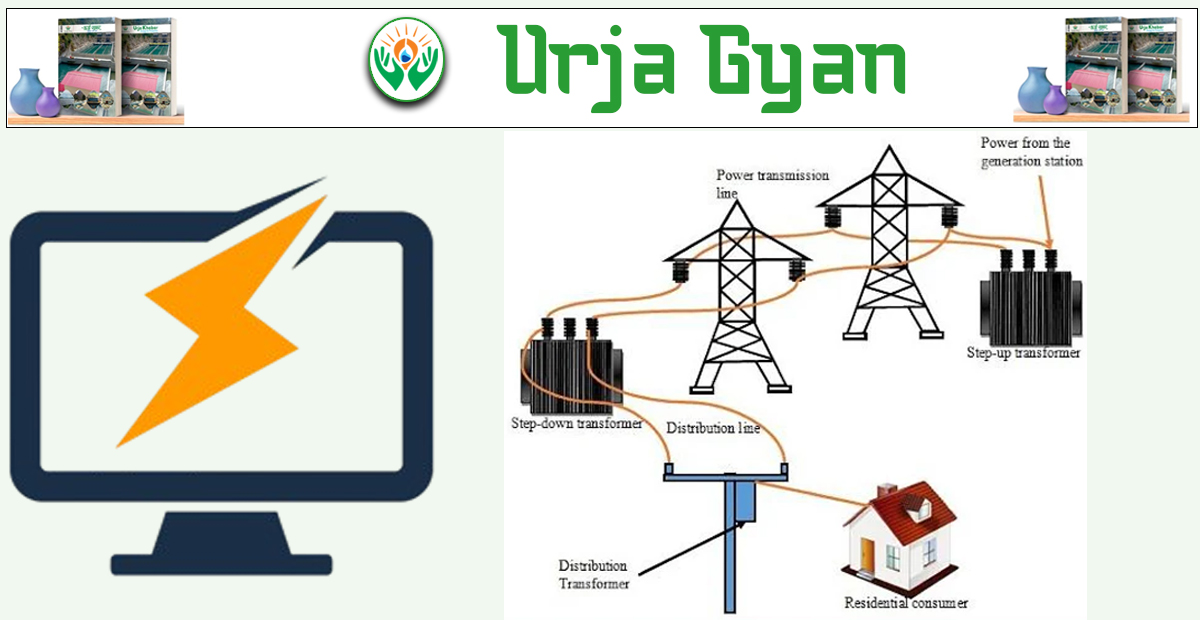Energy Update
Hydropower: Its Potential and Challenges
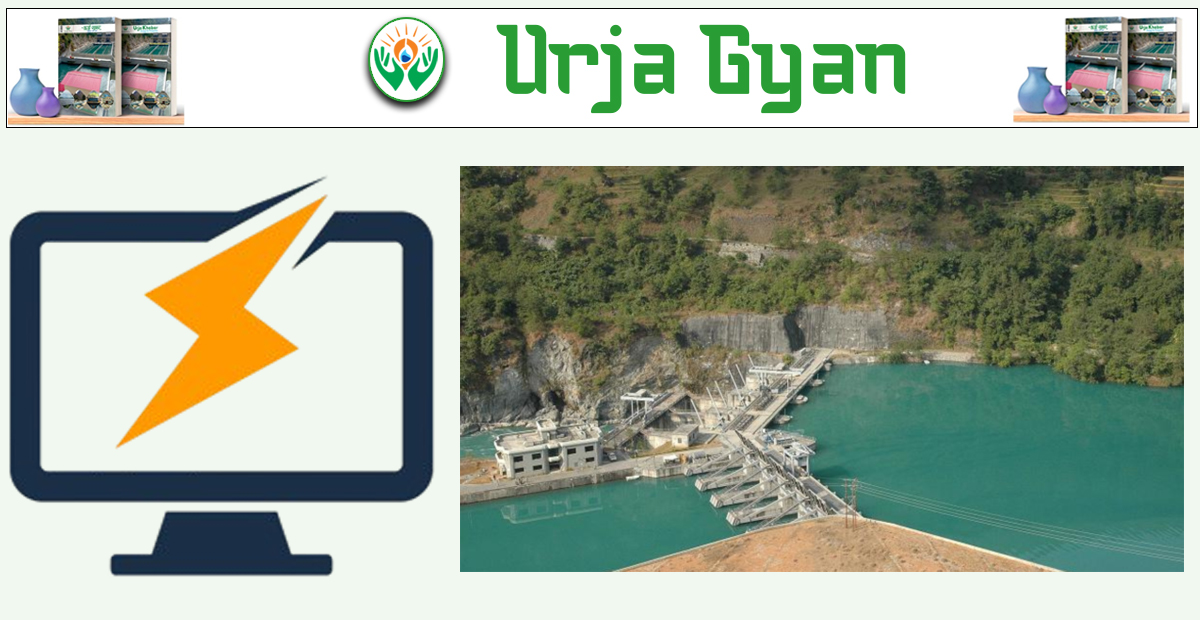
Kathmandu: As part of the weekly educational column 'Urja Gyan' for Urja Khabar, this week we present to you information on hydropower and its potential in Nepal. Last week, we wrote about the concept and measurement of electrical quantities.
1. What is Hydropower?
Answer: Hydropower is the conversion of the kinetic energy of flowing water into electrical energy using turbines and generators.
2. Where are the opportunities for hydropower development in Nepal?

Nepal boasts vast opportunities for hydropower development due to the following factors:
(a) Abundant water resources and rugged topography: The rugged terrain and over 6,000 rivers of Nepal make it best suited for run-of-river, peaking run-of-river, and storage-type hydropower projects. For instance, 456 MW Upper Tamakoshi and 60 MW Upper Trishuli 3A demonstrate the nation's hydropower potential.
(b) Domestic demand rise: With rise in urbanization, industrialization and increased usage of electric cookers and electric stoves, the demand for electricity is rising. This can also lead to reduction in the import of LPG and other fuel products.
(c) Export opportunities: Nepal has signed several bilateral electricity trade agreements with India and Bangladesh. Export of power to India has already commenced, and structured cooperation with Bangladesh also exists, with partial export of power already occurring.

(d) Large-scale private sector investment: Over 80% of Nepal's total installed capacity has been established through Independent Power Producers (IPPs). Domestic and international investors are increasingly interested in medium and large-sized projects.
(e) Regional interest: Nepal's hydropower development has been appealing to India and China, as well as multilateral financiers like the World Bank and Asian Development Bank, with investments in the form of investment, technology transfer, and diplomatic backing.
3. Impediments to hydropower development in Nepal:
(a) Transmission infrastructure: Insufficient high-voltage transmission lines lead to wastage of power and time lags in evacuation of finished projects to the grid. Western Nepal and Karnali projects are affected since there are no evacuation routes.
(b) Financial issues: Hydropower is expensive in nature, with tremendous upfront investment expenses and lengthy preparation periods. Insufficient internal ability to finance and excessive reliance on the banking system limit investments in high-cost items.
(c) Policy and regulatory issues : Delays in securing power purchase agreements (PPAs), licenses, and approvals (for example, environment impact assessments or forest land use permission) are key challenges. Uncertainties in regulation for water royalty adjustments, policy shifts, etc., also constitute challenges.
(d) Political and administrative instability: Repeated government changes and fresh political postings in the energy sector disrupt long-term planning and erode investor confidence.
(e) Environmental and social challenges : Issues like displacement, ecological disequilibrium, and glacial lake outburst hazard in Himalayan basins are pressing. Ineffective benefit-sharing terms with local communities often lead to discontent and resistance.
(f) Seasonal fluctuation: Most projects of Nepal are run-of-river schemes that generate surplus electricity during the monsoon season and deficits during winter. Storage-type projects or battery/pumped storage plants are required.
Strategic Recommendations
- Policy: Sustain stability and transparency in licensing, PPA terms, and tariff deals.
- Finance: Establish hydropower funds, facilitate green bonds, and allow foreign exchange PPAs for export.
- Transmission: Expedite the development of the backbone transmission grid and cross-border transmission lines (e.g., Butwal–Gorakhpur).
- Diversification: Invest in solar and storage plants to balance seasonal supply.
- Local Benefits: Expedite resettlement process, insist on local ownership (e.g., IPOs), and increase local electricity consumption.
- Regional Diplomacy: Intensify energy diplomacy with India, Bangladesh and multilateral organizations.
Conversation
- Info. Dept. Reg. No. : 254/073/74
- Telephone : +977-1-5321303
- Email : [email protected]






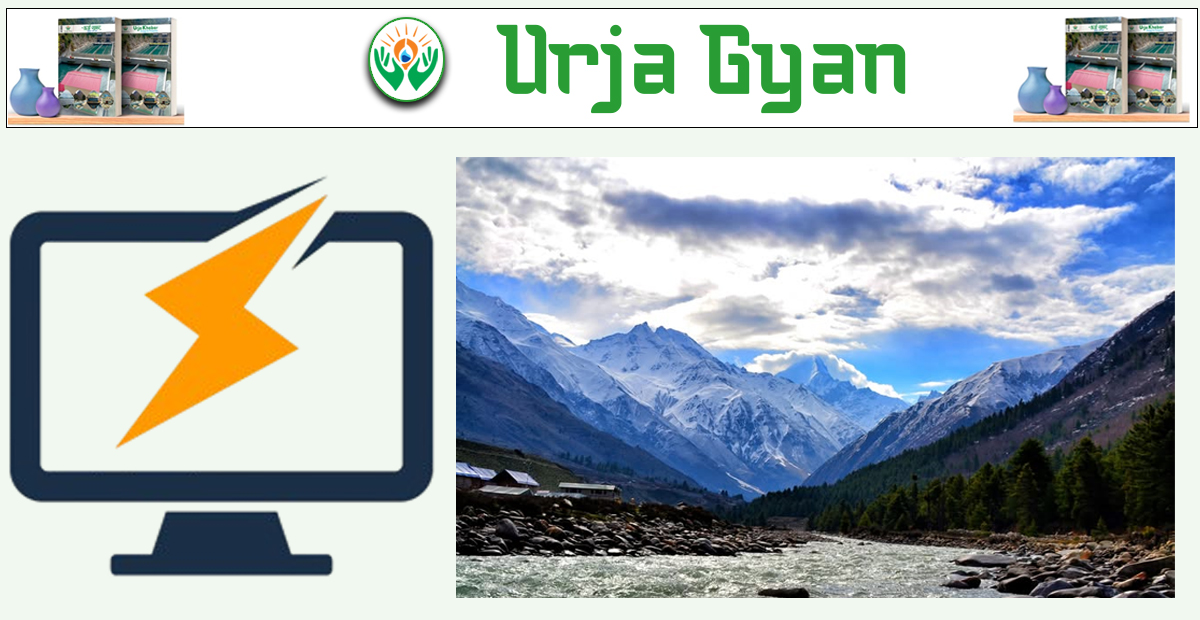
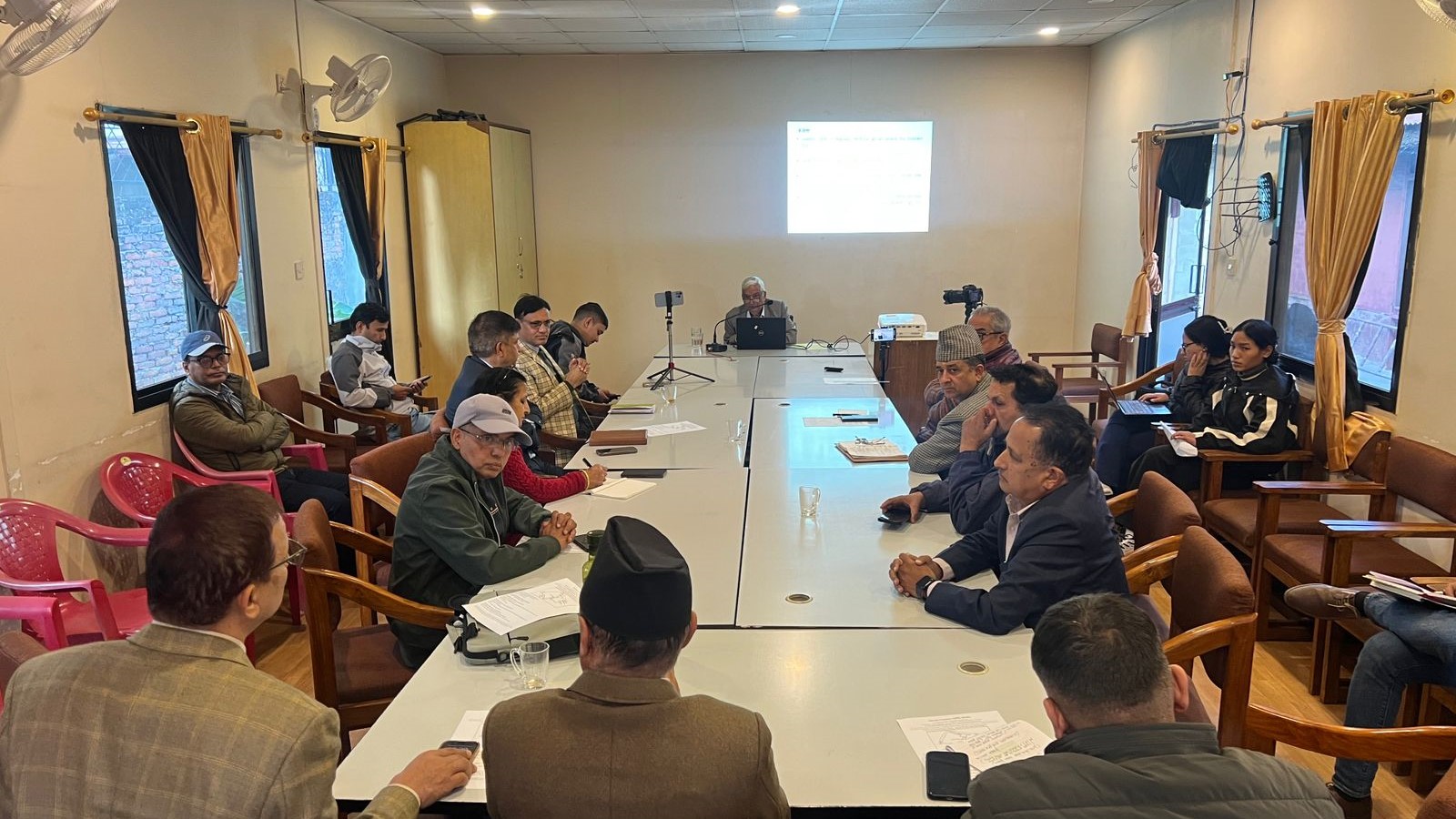
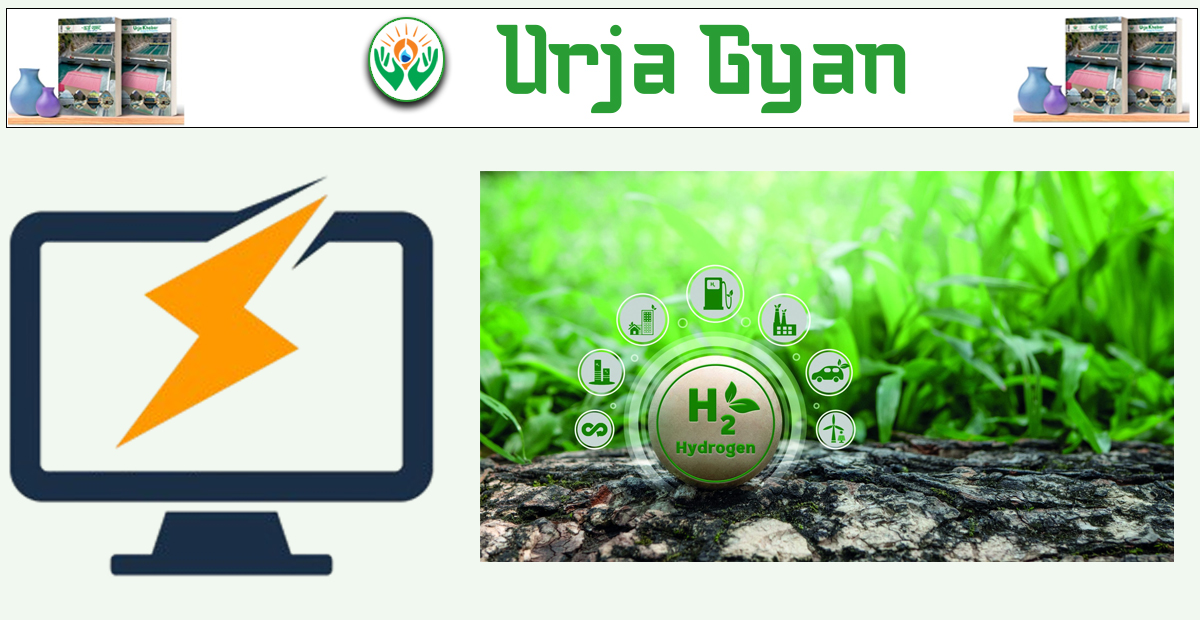
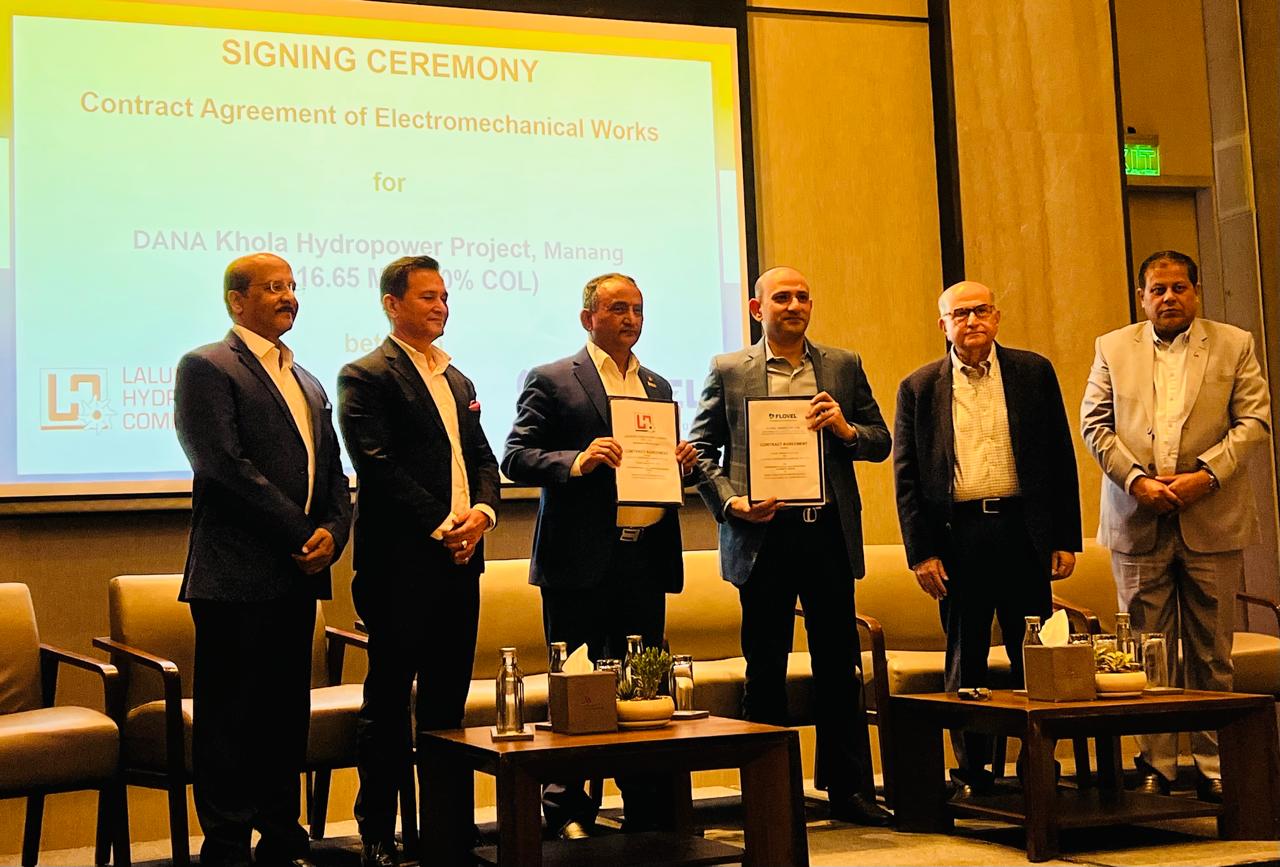


.jpg)

